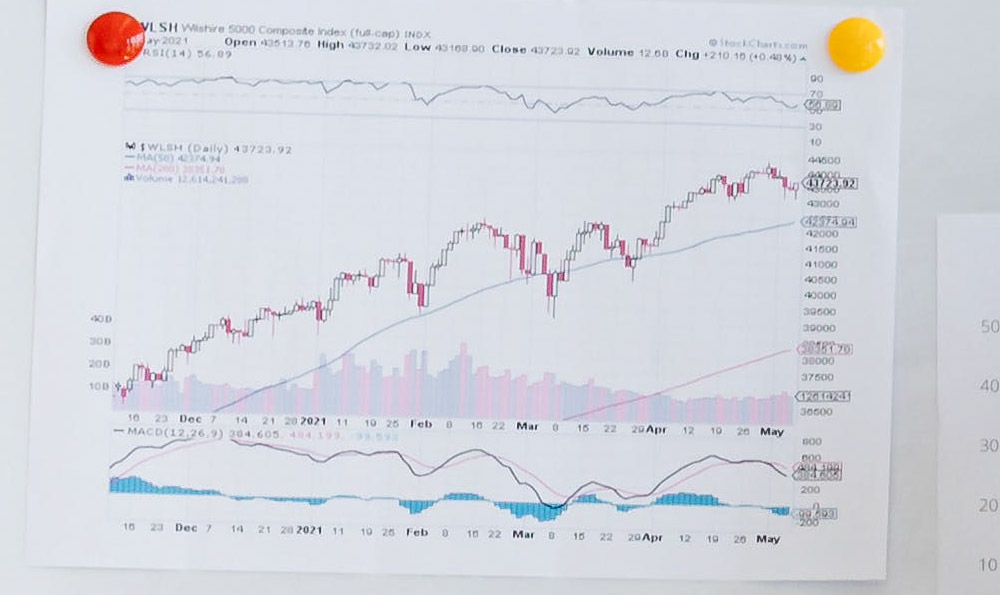The creation of 3D models has transitioned from a niche skill possessed by artists and engineers to a readily accessible art form, fueled by advancements in software and online resources. Simultaneously, the demand for these models has skyrocketed, creating various avenues for monetization. Understanding the creation process and identifying lucrative applications are crucial for anyone looking to enter this field.
The journey of crafting a 3D model typically begins with selecting the right software. Several options cater to different skill levels and needs. Blender, a free and open-source software, is a powerful choice for beginners and professionals alike. Its extensive feature set allows for creating everything from simple objects to complex architectural visualizations and character models. Other popular options include Autodesk Maya and 3ds Max, industry standards often used in film, gaming, and animation. These software packages offer robust tools for modeling, sculpting, texturing, rigging, and animation, but come with a significant subscription cost. For those new to 3D modeling, simpler, more intuitive programs like Tinkercad can provide a gentle introduction to the basic principles of object creation and manipulation.
Once you've chosen your software, the next step is learning the fundamental modeling techniques. These generally fall into a few core categories. Polygonal modeling involves creating objects by connecting vertices, edges, and faces. This is a widely used technique that allows for precise control over the model's geometry. Sculpting, on the other hand, is more akin to digital clay modeling. You can use sculpting tools to push, pull, and smooth the virtual surface to create organic shapes and intricate details. Another approach is parametric modeling, which uses mathematical equations and parameters to define the model's shape. This method is commonly used in engineering and design where precise dimensions and relationships are important.

Regardless of the technique used, understanding concepts such as topology, edge flow, and UV unwrapping is crucial for creating high-quality models that are suitable for animation and rendering. Topology refers to the arrangement of polygons in a model, and good topology is essential for smooth deformations and avoiding visual artifacts. Edge flow describes the path of edges across the surface, influencing how light reflects and how the model deforms. UV unwrapping is the process of flattening the 3D model's surface into a 2D space, allowing you to apply textures and materials. Mastering these concepts takes time and practice, but it's an investment that pays off significantly in the long run.
Beyond modeling, texturing is a vital part of bringing a 3D model to life. Textures add color, detail, and surface properties to the object, making it appear more realistic and visually appealing. The process involves creating or sourcing textures and then applying them to the model using UV mapping. Texturing software like Substance Painter and Quixel Mixer offer advanced tools for creating photorealistic materials, including realistic wear and tear, scratches, and other surface imperfections. Understanding different types of textures, such as diffuse, specular, normal, and roughness maps, is essential for achieving convincing results.
Once your 3D model is complete, the question becomes: how do you turn this skill into a source of income? Several avenues exist, each with its own requirements and potential rewards.
Selling models on online marketplaces is a popular and accessible option. Platforms like Sketchfab, TurboSquid, CGTrader, and Envato Elements provide a global audience for your creations. You can sell individual models or create themed packs, catering to specific niches like architectural visualization, game development, or 3D printing. The key to success on these platforms is to create high-quality, well-documented models that meet the specific needs of your target audience. Clear product descriptions, accurate previews, and competitive pricing are essential for attracting buyers.
Freelancing is another attractive option for skilled 3D modelers. Websites like Upwork, Fiverr, and Guru connect freelancers with clients looking for 3D modeling services. Projects can range from creating product visualizations and character models to designing architectural renderings and 3D animations. Building a strong portfolio is crucial for attracting clients and demonstrating your skills. Networking with potential clients and actively bidding on projects can help you establish a successful freelance career.
The gaming industry offers numerous opportunities for 3D modelers. Game developers need skilled artists to create characters, environments, props, and vehicles for their games. Whether you're interested in working on AAA titles or indie games, a strong portfolio showcasing your ability to create game-ready assets is essential. Familiarity with game engines like Unity and Unreal Engine is also highly valued.
The architecture and design industry also relies heavily on 3D modeling. Architects and designers use 3D models to visualize their designs, create presentations for clients, and generate construction documents. Skills in architectural visualization and BIM (Building Information Modeling) are highly sought after in this field.
3D printing is another growing area where 3D modeling skills are in demand. Creating models specifically designed for 3D printing requires an understanding of the printing process and limitations. You can sell printable models on platforms like Thingiverse or Shapeways, or offer custom design services for clients who need specific objects printed.
Finally, offering online courses and tutorials can be a lucrative way to share your knowledge and expertise. Platforms like Udemy, Skillshare, and YouTube provide avenues for creating and selling educational content. Sharing your skills and helping others learn can be a rewarding experience, and it can also generate passive income.
In conclusion, mastering 3D modeling is a valuable skill that opens up a wide range of opportunities for creativity and income generation. By investing in learning the necessary software and techniques, building a strong portfolio, and exploring the various monetization options, you can turn your passion for 3D modeling into a fulfilling and profitable career. The key is to be persistent, adaptable, and always strive to improve your skills. The digital world is constantly evolving, and staying up-to-date with the latest trends and technologies will ensure that you remain competitive and successful in the field of 3D modeling.












